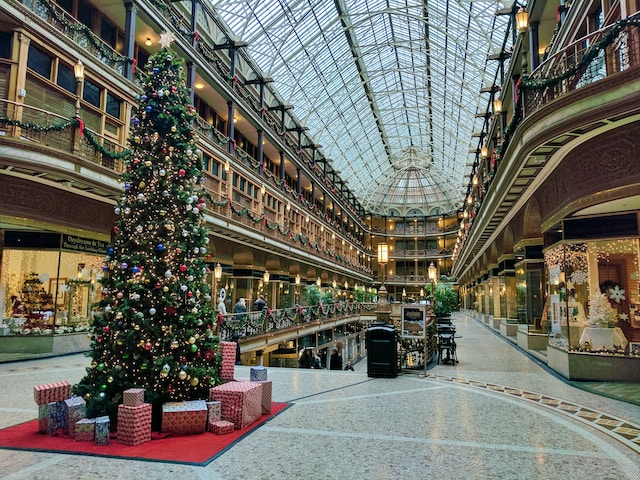In a surprising turn of events, the once-beloved Christmas Tree Shops has made headlines with its decision to convert its bankruptcy status from Chapter 11 to Chapter 7. This shift marks a significant development in the retail industry and has raised questions about the future of the brand and its assets. In this article, we delve into the details of this conversion, explore the implications, and understand the broader context of the move.
Understanding the Transition: Chapter 11 to Chapter 7 Bankruptcy Conversion
Christmas Tree Shops, a well-known retailer specializing in seasonal decorations and household items, initially filed for Chapter 11 bankruptcy protection. Chapter 11 bankruptcy allows businesses to reorganize their debts and operations while maintaining control over their assets. However, the situation took a drastic turn when the company decided to convert its bankruptcy filing to Chapter 7.
Chapter 7 bankruptcy, often referred to as liquidation bankruptcy, involves the sale of a company’s assets to repay creditors. Unlike Chapter 11, where a company aims to emerge from bankruptcy stronger, Chapter 7 usually signifies the end of the road for the business. This decision can be influenced by various factors, including an inability to secure financing, declining sales, and increased pressure from creditors.
Implications for Christmas Tree Shops and the Retail Industry
The conversion from Chapter 11 to Chapter 7 bankruptcy raises questions about the fate of Christmas Tree Shops and its impact on the retail sector. While Chapter 11 offers a chance for businesses to restructure and possibly continue operations, Chapter 7 indicates a complete shutdown. Customers, employees, and suppliers all feel the ripple effects of such a decision.
The retail industry has been undergoing a transformation in recent years due to the rise of e-commerce, changing consumer preferences, and economic fluctuations. The conversion of a well-established brand like Christmas Tree Shops into Chapter 7 bankruptcy highlights the challenges traditional brick-and-mortar retailers face in this evolving landscape.
Factors Behind the Conversion
Several factors could have contributed to Christmas Tree Shops’ decision to convert to Chapter 7 bankruptcy. Financial difficulties, such as mounting debts and declining sales, often play a significant role. Additionally, the inability to secure sufficient funding to support ongoing operations can lead to this drastic step. Competing in a fast-paced retail environment requires a delicate balance between adapting to market trends and maintaining financial stability.
Conclusion
The shift from Chapter 11 to Chapter 7 bankruptcy for Christmas Tree Shops signifies a turning point in the company’s journey. It’s a reminder of the challenges that businesses, especially those in the retail sector, face in the modern marketplace. As the retail industry continues to evolve, companies must remain agile and adaptable to changing consumer behaviors and economic conditions.
The story of Christmas Tree Shops serves as a cautionary tale and an opportunity for industry players to assess their strategies, financial health, and adaptability. Whether a company successfully navigates these challenges or faces a similar fate depends on its ability to innovate, connect with customers, and make prudent financial decisions in a dynamic business environment.












